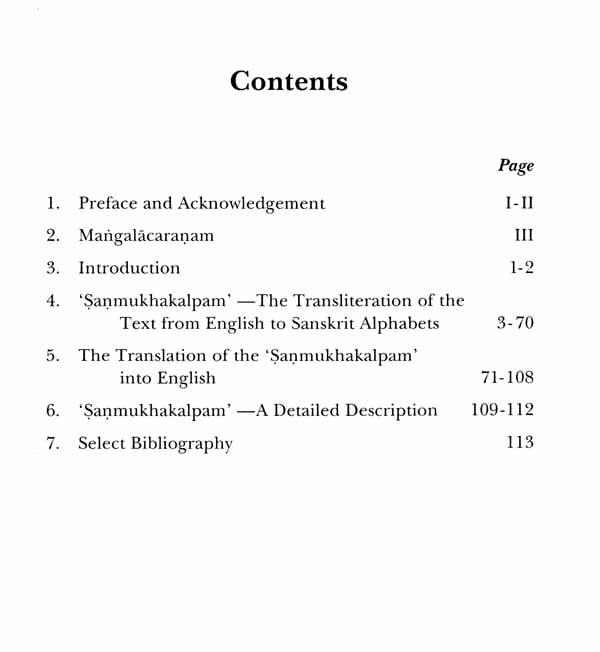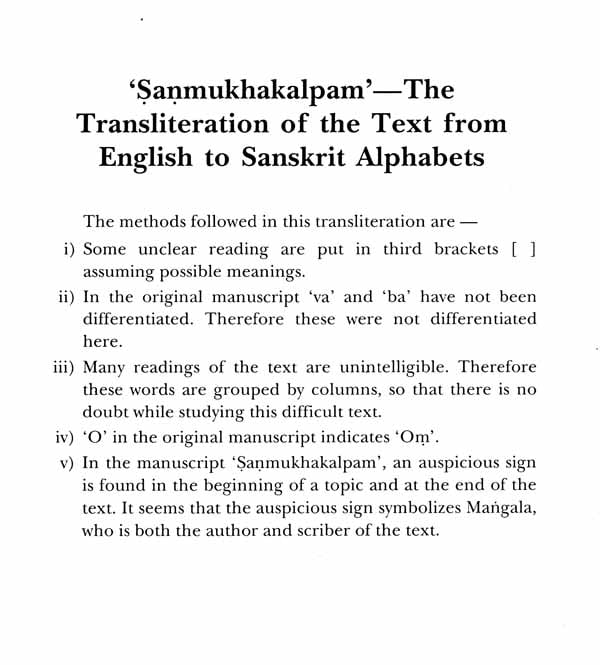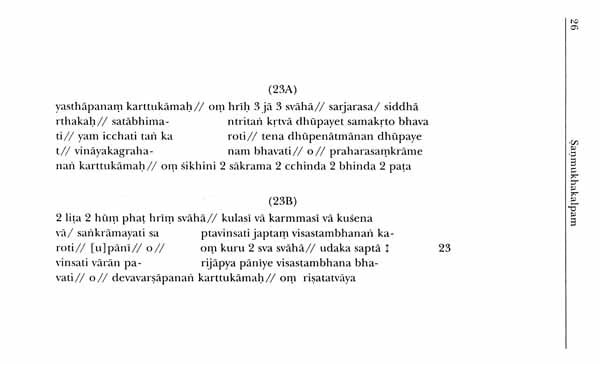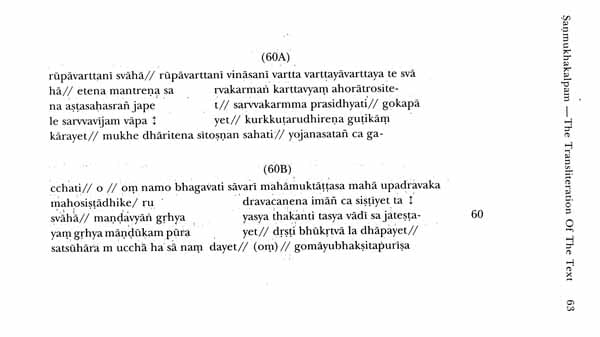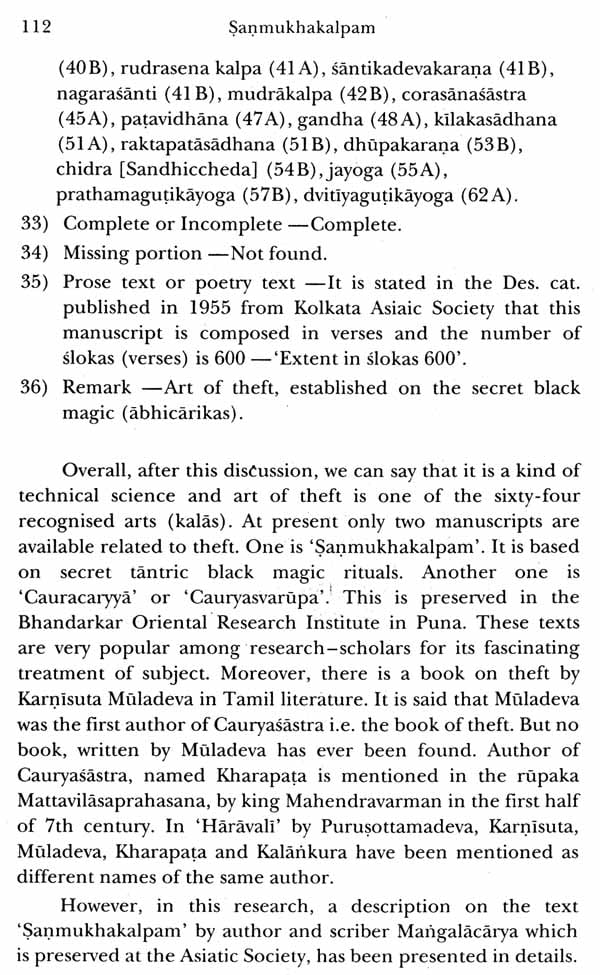
Sanmukhalpam (An Unknown Manuscript of Cauryasastra)
Book Specification
| Item Code: | NAX363 |
| Author: | Puripriya Kundu |
| Publisher: | Sanskrit Pustak Bhandar, Kolkata |
| Language: | English |
| Edition: | 2015 |
| ISBN: | 9789383368037 |
| Pages: | 112 |
| Cover: | HARDCOVER |
| Other Details | 9.00 X 6.00 inch |
| Weight | 260 gm |
Book Description
The synonyms of the word caurah are -coral), steyakarta, dasyuh, taskarah, pratirodhi, malimlucah, stenah, aikagarikah, stainyah, pracchannajanah, mosakah, pataccara, paraskandi, kumbhilah, khanakah, Sarikitavarna, khanika etc. The real meaning of theft is -to usurp things of the owner without his knowledge or consent. Stealing objects in one's presence and denying it afterwards also comes under `theft'. In ancient India, the art of theft was considered as one of the sixty-four kalas i.e. arts. The sage Vatsyayana has designated theft as `hasta-laghavam' and included it in sixty-four kalas in his book `Kamasutra'. In ancient times (probably in 3rd century, A.D.) that is nearly two thousand one hundred years ago, someone known as Marigala, who was master of theft, composed Cauryasastra, a book on art of theft. The language of this text is unintelligible to common readers but easily understandable by thieves. The book is written in coded language, based on Sanskrit, which is used to express secret subject-matter. The distinct script of the text is influenced by Devanagari and to some extent Newari script. The text is narrated by god Sanmukha that is Kartika (the god with six heads and twelve hands holding twelve types of instruments, used for stealing). This book describes all the methods of theft. The only manuscript of this text is available in the Asiatic Society of Kolkata.
Book's Contents and Sample Pages
